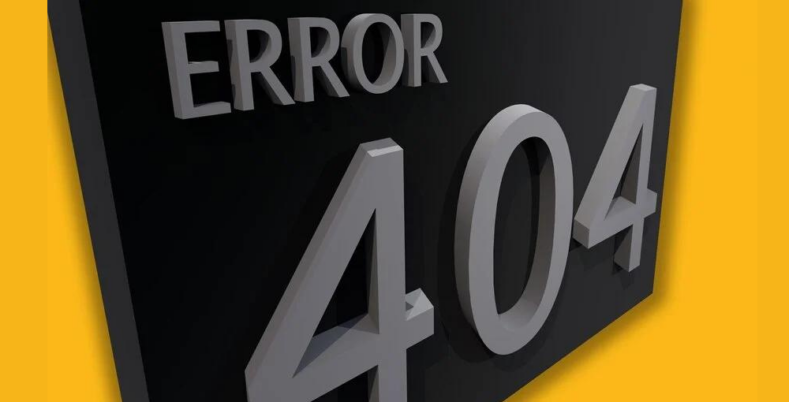You visit a shopping website. You go to the specific link on the home page. But suddenly, an error message pops in saying, "404 not found error." This is a moment of confusion, and you find the solution. Encountering this error can not only lead to a negative impact on your site visitors but also on overall search engine rankings.
Want to know in detail about error 404? Worry not!
In this blog, we'll cover everything from the cause to ways to fix the error so you can focus on what matters to you! Let's get started.
What is Error 404?
In simple terms, 404 errors are server-side errors in which the page you're trying to access cannot be found on the website's server. They are a standard HTTP status code, and the most common error users face.
This error has numerous reasons, including a mistyped url, a broken .htaccess file, and more. The first 404 error was first detected in 1993. To deliver a page requested, the server must respond to the client's request when a user attempts to visit a web page.
What Causes 404 Error Not Found?
The 404 error means the browser has connected and sent a request to the web server. The error occurs because the page you are attempting to request cannot load the webpage.
Below are some of the most common causes of 404 errors not found.
Typo Error in URL
You should have used the address bar to look up the wrong link. Alternatively, the URL may contain a typo that prevents you from accessing the page you're looking for.
Moved or Deleted Page
This means the page you're trying to browse has been deleted with all the content. Sometimes, the page is moved to a different URL without fixing the broken link.
Missing Asset
Any asset, including images, scripts, or other files such as JavaScript, CSS, and HTML, can cause 404 errors.
Domain Name System Issues
A 404 error may occur if the DNS settings for a domain name are incorrect; it's still propagating or pointing to the wrong DNS address.
Access Restrictions
It happens when the user is restricted from accessing a particular page. In this case, the server returns a 404 error to prevent unauthorized access.
What Should You Do to Fix 404 Not Found?
You can only sometimes tell people to type the URL correctly and, ultimately, avoid the 404 errors. Fortunately, you can take control and take steps to fix the error.
Here are some of the quick tips to fix the 404 not found error on a website.
Refresh the Page
Sometimes, the webpage you are looking for may load incorrectly. This might be a short-term bug. Try accessing it once more after refreshing the page.
Try with a Different Device
A perfect example is if the website loads on one device and shows an error on another. In this case, there isn't any issue with the website or server; it might be with the device. Also, try to clear the cache and cookies on the device.
Disable .htaccess file
URL redirections, performance, access control, and more are managed by a directory-level configuration file called .htaccess or Hypertext access. It is located under the public_html directory. The main point is that a broken .htaccess f creates complexities and causes a 404 error page. You can turn off the .htaccess file and replace it with a new one.
Double Check for the Right URL
A single mistyped character can put you in trouble. Thus, check the URL carefully to ensure the correct website address is entered in the search bar.
Search the Website
Many websites include a search function on their home pages. Enter the required keyword to locate the page you want to view easily.
How to Find 404 Error on Site?
To find the 404 errors, you must use tools that remove all the burden off the shoulder. It keeps a close eye on the broken links, allowing you to analyze further.
- Ahrefs
- DeepCrawl
- Google Analytics
- SEMrush
Conclusion
We hope this guide has helped you understand the 404-error code and ways to fix it quickly. The 404 error has a significant impact on your website's SEO and user experience.
It's also strongly recommended that regular site audits be performed to ensure your website is free from such errors. To stay updated with such information, visit our blog section now.
Also Read:







